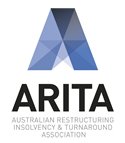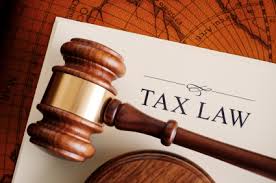On 6 January 2016 the ATO issued a Decision Impact Statement concerning the High Court judgment in the Australian Building Systems case.
[See my previous post for a discussion of the High Court’s majority decision: Australian Building Systems case: plenty of common sense in the dissenting judgment by Justice Michelle Gordon]
It seems that although the ATO accepts the High Court’s majority decision (as, of course, it must), it’s interpretation of the decision is nuanced, and suggests that it has no intention of giving up on the retention obligation.






